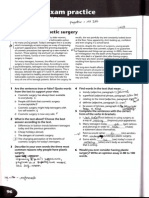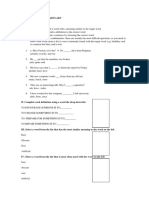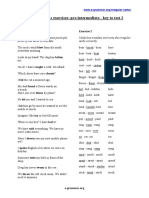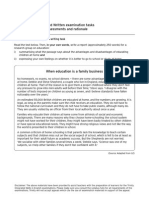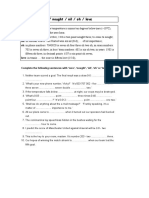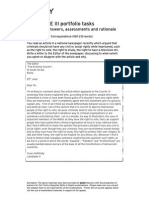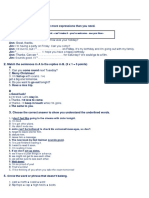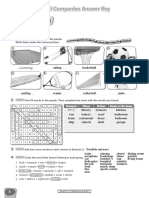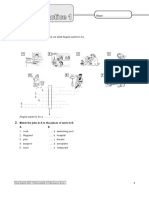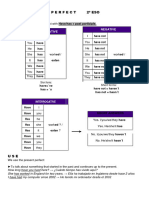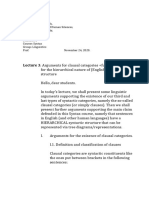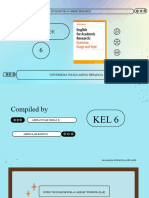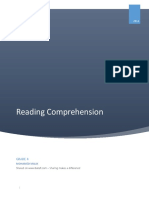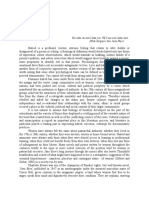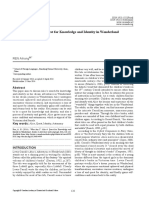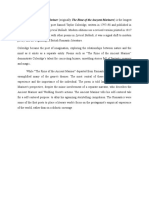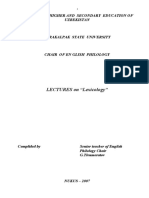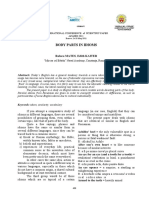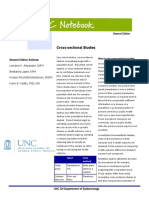0% found this document useful (0 votes)
598 views12 pagesSentence Structure for ESL Learners
The document discusses several principles of information structure and sentence processing:
- Sentences have two parts - one for given/old information presented first, and one for new information. The end of a clause is a focus point but heavier/more complex information belongs at the end.
- The information flow principle holds that English moves from given to new information. Reply A is better than B because it follows the given-new order which aids understanding and cohesion.
- According to end-focus, the end of a clause is the focus. The end-weight principle puts heavier elements towards the end to avoid awkwardness. Sentence B is more difficult to process because it violates these principles.
Uploaded by
AlinaAdrianaCopyright
© © All Rights Reserved
We take content rights seriously. If you suspect this is your content, claim it here.
Available Formats
Download as DOC, PDF, TXT or read online on Scribd
0% found this document useful (0 votes)
598 views12 pagesSentence Structure for ESL Learners
The document discusses several principles of information structure and sentence processing:
- Sentences have two parts - one for given/old information presented first, and one for new information. The end of a clause is a focus point but heavier/more complex information belongs at the end.
- The information flow principle holds that English moves from given to new information. Reply A is better than B because it follows the given-new order which aids understanding and cohesion.
- According to end-focus, the end of a clause is the focus. The end-weight principle puts heavier elements towards the end to avoid awkwardness. Sentence B is more difficult to process because it violates these principles.
Uploaded by
AlinaAdrianaCopyright
© © All Rights Reserved
We take content rights seriously. If you suspect this is your content, claim it here.
Available Formats
Download as DOC, PDF, TXT or read online on Scribd
/ 12



